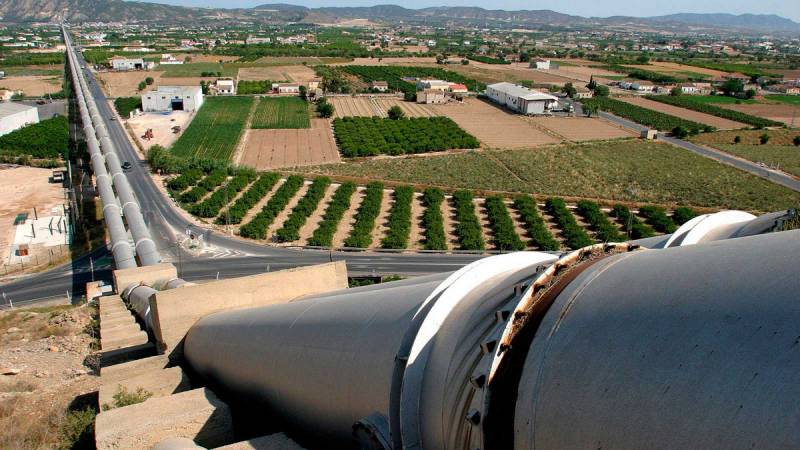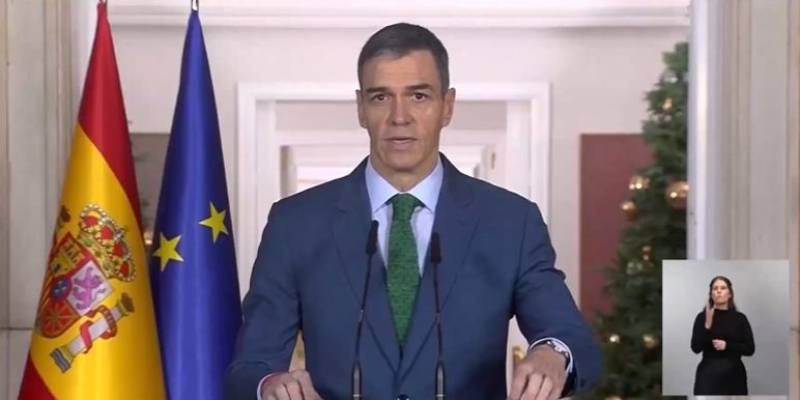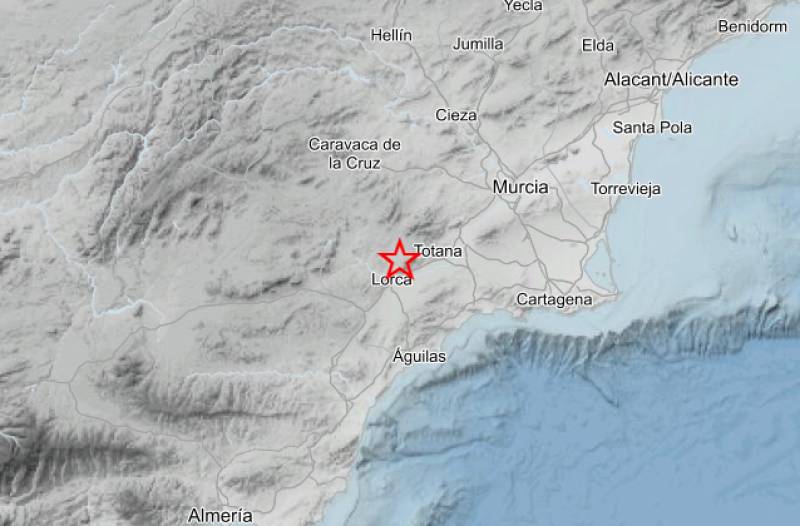- Region
- Vega baja
- Marina Alta
- Marina Baixa
- Alicante
- Baix Vinalopo
- Alto & Mitja Vinalopo
-
ALL TOWNS
- ALICANTE TOWNS
- Albatera
- Alfaz Del Pi
- Alicante City
- Alcoy
- Almoradi
- Benitatxell
- Bigastro
- Benferri
- Benidorm
- Calosa de Segura
- Calpe
- Catral
- Costa Blanca
- Cox
- Daya Vieja
- Denia
- Elche
- Elda
- Granja de Rocamora
- Guardamar del Segura
- Jacarilla
- Los Montesinos
- Orihuela
- Pedreguer
- Pilar de Horadada
- Playa Flamenca
- Quesada
- Rafal
- Redovan
- Rojales
- San Isidro
- Torrevieja
- Comunidad Valenciana
Date Published: 24/04/2025
Government to approve record Tagus-Segura water transfer as reserves hit historic levels
The first automatic transfer of 60 hectometres could mark the beginning of the largest water delivery in the aqueduct’s history

Spain’s Ministry for Ecological Transition is expected to authorise next Monday, April 28, 2025, the first automatic transfer of 60 cubic hectometres of water from the Tagus to the Segura basin. This comes after the Entrepeñas and Buendía reservoirs reached Level 1, as defined in the current rules of operation. The transfer is based on combined reserves exceeding 1,300 hectometres, a condition fulfilled as of April 1.
If conditions persist, a total of 180 hectometres may be delivered between April and June – a volume never before seen in the 46-year history of the Tagus-Segura Aqueduct (ATS). Unless the Ministry modifies the exploitation rules, the current reserves allow for maximum transfers for the next three to four months.
The Tagus-Segura water transfer is one of the largest works of hydraulic engineering ever produced in Spain, bringing water from the Tagus river basin to the Segura river basin. This transfer allows water to be brought to areas with water shortages, such as the provinces of Murcia, Alicante and Almería, which receive water for human consumption and irrigation. The water is regulated in the Entrepeñas and Buendía reservoirs before being transferred.
Despite the current favourable conditions for transfers, the government of Castilla-La Mancha is continuing to push for changes to the operating rules, advocating stricter conditions to prevent what it sees as excessive deliveries for irrigation in the Levante area. Regional President Emiliano García-Page has described the current transfer system as a “real barbarity” and has called for a “profound review” of its framework. His comments coincide with the reservoirs reaching their highest combined reserve since 1980: 1,528 hectometres.
Castilla-La Mancha is urging the Ministry to raise the reserve threshold required for transfers, a move that would effectively limit future deliveries. However, the Ministry has yet to respond with any proposed changes and has delayed the customary quarterly meeting of the Exploitation Commission.
In contrast, irrigators and political leaders in Murcia and the wider Levante region argue that there is no justification for altering the existing regulations. They insist that ecological flows in the Upper Tagus are already accounted for under the latest hydrological plan and that the current rules balance supply needs and environmental concerns.
Lucas Jiménez, president of the Sindicato de Regantes del Trasvase (Scrats), points out that with current reserve levels, the system can sustain maximum monthly transfers of 60 hectometres for several months. The real reserve, factoring in 55 hectometres pending from previous authorisations, still stands at 1,473 hectometres. Inflows continue at over five hectometres per day, suggesting even greater availability ahead.
The dispute has stirred political tensions not only between regional governments but also between the affected sectors. Murcia’s regional authorities have accused Castilla-La Mancha of applying political pressure at a critical time and of trying to undermine the legal and technical basis of the water transfer.
They have also called on the central government to focus on developing promised infrastructure in the Tagus basin and to modernise irrigation systems in the headwater regions. For Murcia, the disparity in water distribution is at the heart of the issue. While the Tagus basin is currently at 84 percent of its capacity (over 9,200 hectometres), Segura’s reservoirs are struggling at just 30 percent.
In response, both Murcia and Valencia have reiterated their demand for a comprehensive National Water Plan, one that promotes solidarity between regions, invests in critical infrastructure and ensures a balanced distribution of resources across Spain.
Image: CHS
staff.inc.ali
Loading
See more environmental news about Spain:
OR
Sign up for the Spanish News Today Editors Roundup Weekly Bulletin to get a comprehensive email with all the week’s news for Spain, Murcia, Alicante and Andalucía.
Get a sneak peek – here are a few of our recent Subscription Bulletins:
Discount Special Offer subscription:
36.95€ for 48 Editor’s Weekly News Roundup bulletins!
Please CLICK THE BUTTON to subscribe.
Contact Murcia Today: Editorial 000 000 000 /
Office 000 000 000



































